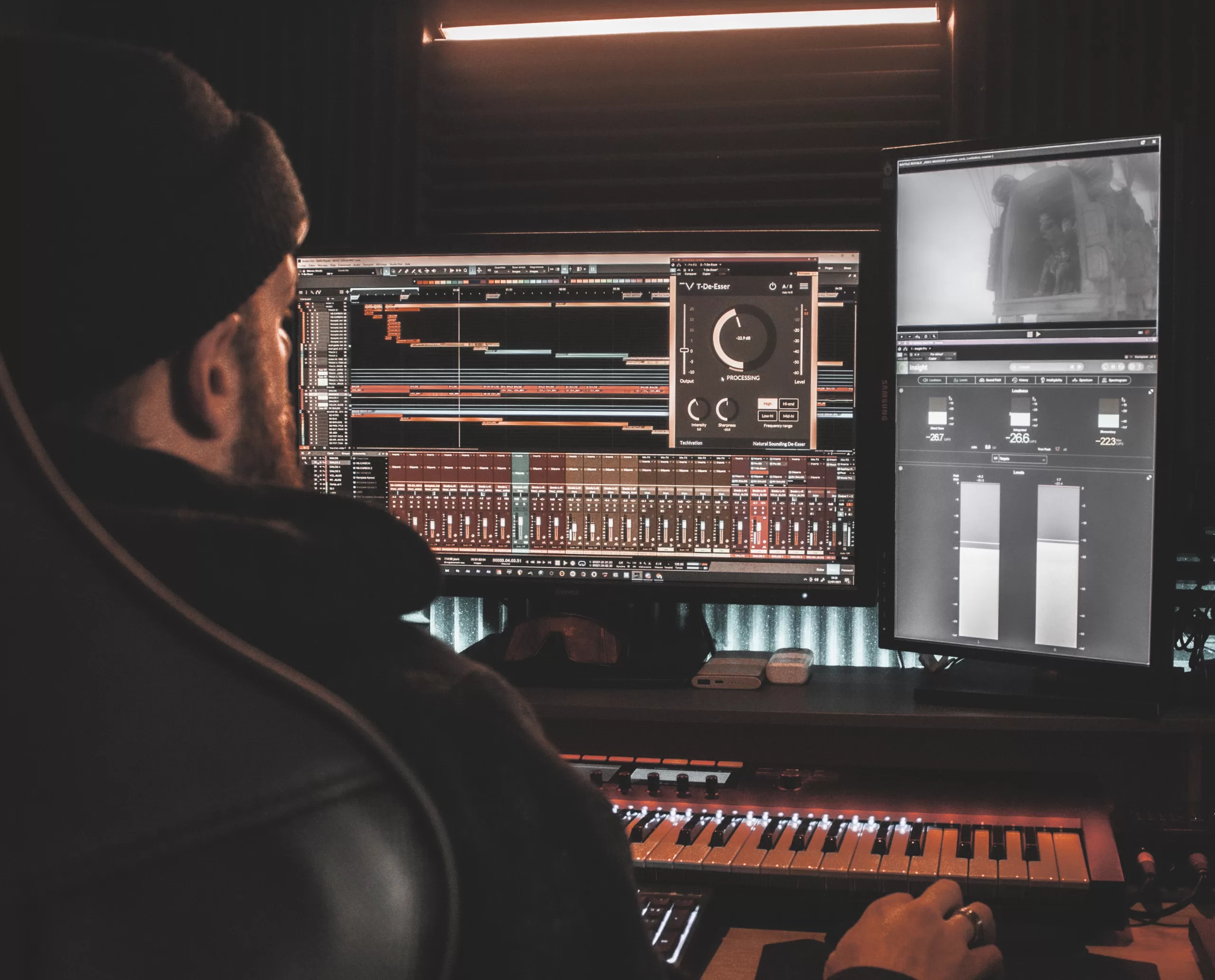
virtual instruments are software programs that mimic the sounds and capabilities of traditional instruments, such as pianos, guitars, and drums. They have become an essential part of many music production setups and can provide a convenient and cost-effective way to incorporate a wide range of instruments into your music. In this article, we’ll go over some tips and tricks for working with virtual instruments in your music production.
- Choose the right virtual instrument for the job
One of the keys to working with virtual instruments is to choose the right one for the job. With so many virtual instruments available, it’s important to take the time to find one that is suitable for your needs. This can involve considering factors such as the type of sound you’re looking for, the complexity of the instrument, and the features and capabilities that it offers.
- Experiment with different sounds and settings
One of the great things about virtual instruments is the ability to experiment with different sounds and settings. Many virtual instruments come with a wide range of presets and customization options that allow you to shape the sound in a variety of ways. By taking the time to experiment with different sounds and settings, you can find the perfect sound for your music.
- Use effects to shape the sound
Another tip for working with virtual instruments is to use effects to shape the sound. This can involve using effects such as EQ, reverb, and delay to create a more polished and professional-sounding final product. By applying effects in a thoughtful and targeted way, you can add depth and character to your virtual instruments and make them sound more realistic and lifelike.
- Layer and blend virtual instruments with real instruments
One way to make virtual instruments sound more realistic is to layer and blend them with real instruments. This can involve recording real instruments and layering them with virtual instruments, or using virtual instruments to augment the sound of real instruments. By combining the strengths of both virtual and real instruments, you can create a more nuanced and dynamic sound
in your music.
- Use virtual instruments to create unique and unconventional sounds
Finally, don’t be afraid to use virtual instruments to create unique and unconventional sounds. Many virtual instruments come with advanced features and capabilities that allow you to create sounds that are impossible to achieve with real instruments. By exploring the possibilities of virtual instruments, you can create sounds that are truly original and unique.
In conclusion, working with virtual instruments can be a great way to incorporate a wide range of instruments into your music production. By choosing the right virtual instrument for the job, experimenting with different sounds and settings, using effects to shape the sound, layering and blending virtual instruments with real instruments, and exploring the capabilities of virtual instruments, you can create a wide range of sounds and add depth and character to your music. Whether you’re a seasoned producer or just starting out, incorporating virtual instruments into your production workflow can be a valuable addition to your toolkit.
